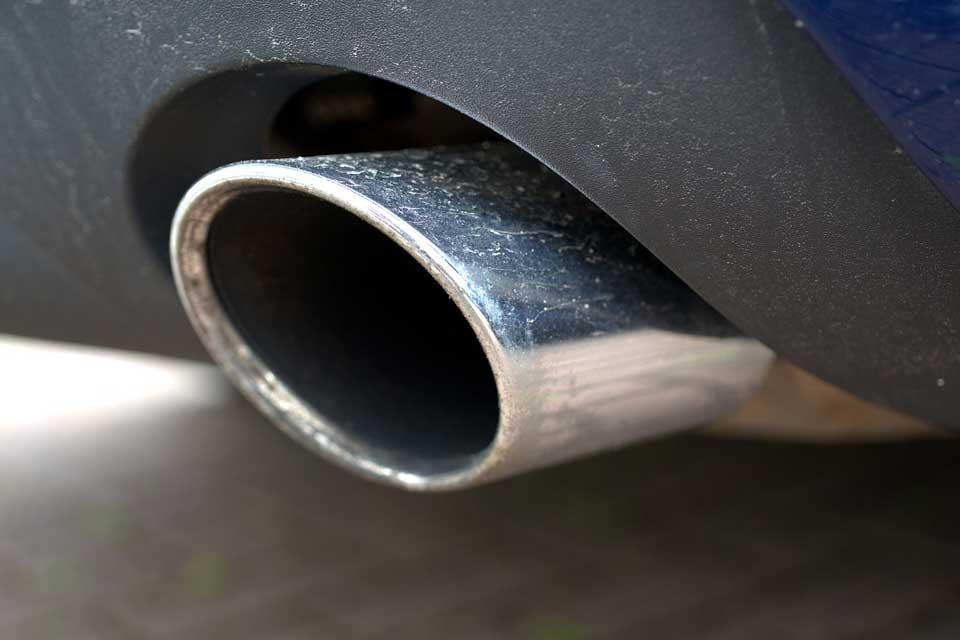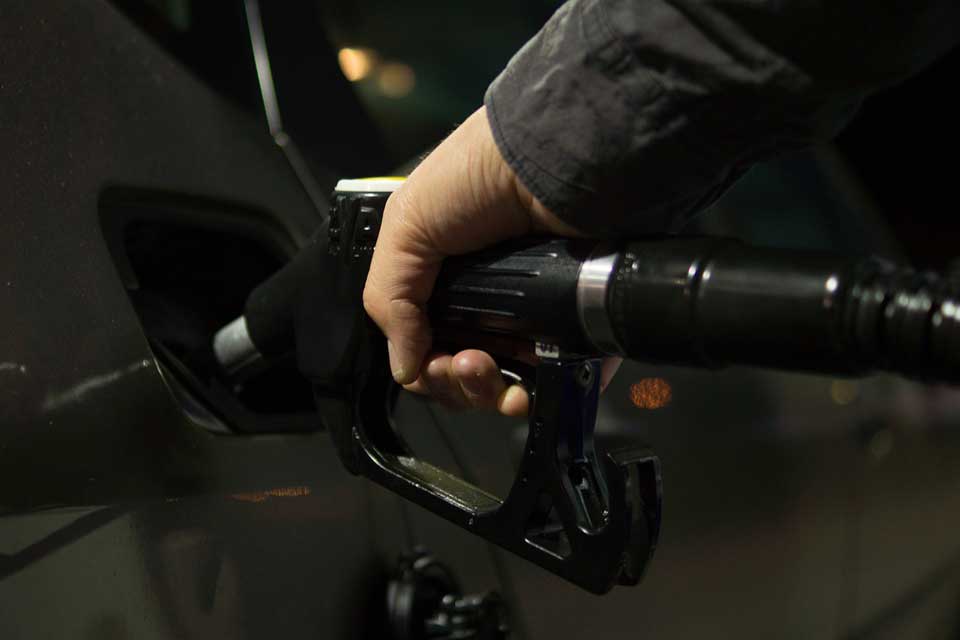FleetCheck puts Driving For Work docs in the spotlight

Gaps in Driving for Work documentation where there is a legal requirement for fleets to have written policies in place are being highlighted by a new enhancement from FleetCheck. Where no document is registered by a user on the company’s fleet management software, it provides a prompt to visit the newly launched Driving for Better […]
Infrastructure crucial to future of hydrogen-powered panel van fleets

The rate of growth of the hydrogen refuelling infrastructure is likely to dictate which power option many fleets choose for panel vans over the next few years, says FleetCheck. The fleet software specialist points out that, for some fleets, the EV panel vans now on sale require considerable operational compromise, which hydrogen could potentially solve. […]
Fleet management software usage ‘back to pre-COVID levels’

Use of fleet management software is now back to pre-coronavirus crisis, with businesses having often used the lockdown period to rethink their whole approach to transport. That’s according to FleetCheck, which sats the majority of users who were active before mid-March had now returned, and that the volume of work being processed was at levels that could be […]
5.3% of fleet vehicles are Euro 4 or older – Research

5.3% of company cars and vans being operated by customers of FleetCheck only meet the Euro 4 emissions standard or older. That’s according to new analysis by FleetCheck, which says further 18.2% of vehicles from the total sample of 85,792 also fall behind the latest Euro 6 legislation by only achieving Euro 5. Peter Golding, […]
2020 is ‘make or break’ for diesel

2020 could turn out to be a “make or break” year for diesel – with the fuel facing further demonisation just as new emissions standards delivering real benefits become more widely available. Peter Golding, managing director at fleet management software specialist FleetCheck, said: “We seem to have arrived at a point in time where, in terms of public perception, […]
Company cars now less about status and more about practicality

Changing employee priorities could see company car fleets start to become ever less hierarchical in the near future. That’s the view of fleet software specialist says FleetCheck, which believes that a number of current and emerging trends could converge, causing less interest in the car as an indication of managerial status. Peter Golding, Managing Director at […]
AI likely to be used to identify common fleet documents

The first widespread use of artificial intelligence in fleet management is likely to be to identify common documents. That’s according to Neil Avent, IT director at FleetCheck, who explained that AI was good at looking for patterns within clearly defined boundaries, so would work well for this kind of task. “The important factor to understand […]
Maintaining flexibility of business transport is ‘key to future mobility strategies’

Maintaining the flexibility of business transport will be the key challenge facing fleets as future mobility strategies start to take effect, says FleetCheck. Noting the publication of the Government’s Future of Mobility Urban Strategy, the fleet software specialist says it is important to keep journeys as simple and effective as possible. Peter Golding (pictured), managing director at FleetCheck, explained: “We fully […]


